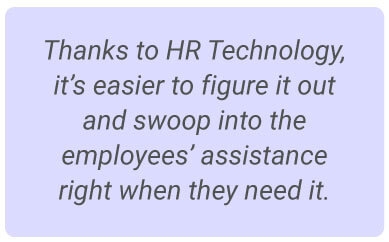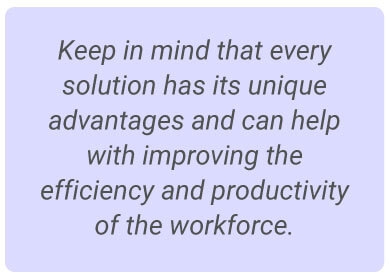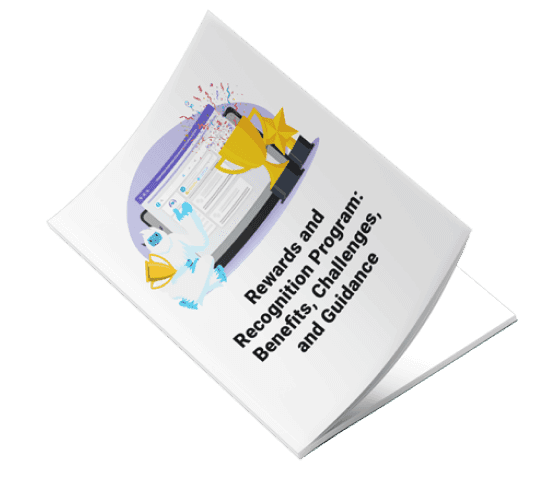
How to Use HR Technology to Improve Employee Efficiency & Productivity
May 3, 2022
|
Derek Jones
What are the benefits of HR Technology?
Automation saves time
Better employee scheduling
Help with ongoing workforce management

Data and insights to help with decision making
Ease in receiving and processing employee feedback
A better understanding of factors that drive performance
What stands in the way
Employee reluctance to share personal data
Upfront cost
Data management can be a hassle
Steps towards implementation
Identifying needs
Looking for feasible solutions
Creating a plan
Defining quantifiable goals
Bringing everyone on board
Summing it up

About the Author

Erika Rahman is the Content Marketing Specialist at Motivosity. She studied marketing and business management at Utah Valley University. Erika has a broad background, ranging from optometry to trade school administration, giving her a love and understanding for people across industries. She grew up in Northern California and Colorado, and currently calls the Utah slopes home.
Learn More
Learn More






